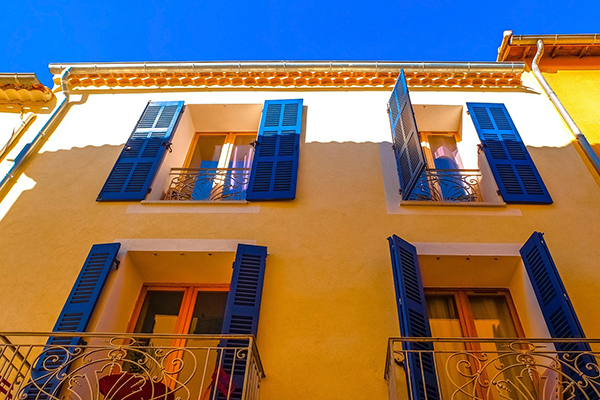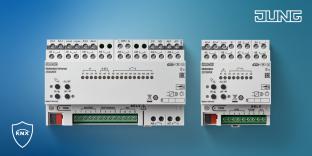
Simon Buddle makes the case for using KNX automation in holiday and rental homes to provide comfort, security, safety and peace of mind.
It has been two days of driving and stopping off for the night, but we’ve arrived in the south of France. Hoping to beat the heat, we decided to go on our summer holiday early this year. It would seem that we have tragically failed in that department as we are staying underneath the 40C alert. Oops.
The house we’re staying in doesn’t have air conditioning, just lots of ceiling fans, with curtains and shutters on every window. The rep, who met us, made a compelling case for keeping all of the windows, curtains and shutters closed at all times – advice we are minded to heed.
Of course, the issue with this is that it is an all-manual process – what a hardship – a first world problem, I know. But it is a problem that KNX can solve really well and really easily. And in a rented, and, I hasten to add, very remote villa, like this, KNX lends itself perfectly to facilitating both the guest experience, as well as the differing needs of the rental company and/or owner’s requirements.
Automated shutters
What would a house like this benefit from? Well today, the first and most obvious benefit would be automated blinds. And potentially external shutters. Whilst uncommon in the UK, they are on the vast majority of European homes. Shutters are a great security deterrent, as well as a physical barrier to the sun.
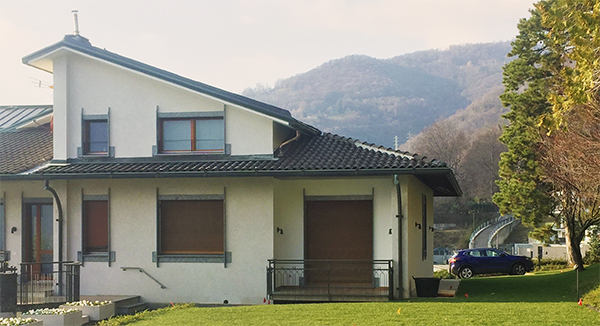
Sun tracking by use of a weather station with multiple lux sensors oriented east/south/west enables you to follow the movement of the sun and therefore close blinds and shutters accordingly. Silent Gliss and Somfy both use KNX gateways that have feedback so that you can know definitively where the blind/shutter is positioned. And with AC control internally coupled with heat/frost protection from a thermostat, it is easy to see how we can maintain the ambient temperature of the building. But what is the use case for KNX when the building is empty?
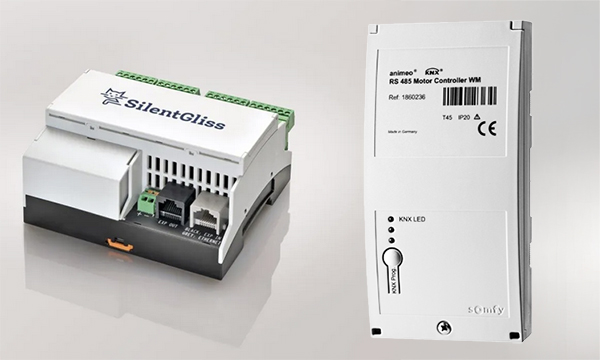
Security and peace of mind
Security and peace of mind are paramount here. Is the property safe and has anything untoward happened? If I’m not living in a property, it is possible for a catastrophe to happen that we don’t know about. A burst pipe can discharge a huge volume of water and destroy a property’s ceiling in no time at all.
A gas solenoid valve for central isolation of the gas supply coupled with another for water is a straightforward way to mitigate against flood or fire risk. From a KNX perspective, they are both simple relay outputs that be triggered ‘on’ with an occupancy signal. There are many detectors available for water or gas that integrate with KNX, but switching them off at source is surely the safest and most robust solution.
I would, undoubtedly, still put in a smoke alarm or fire detection system, as local regulations require, for the safety of guests and to protect the building. For electric circuits, with a little thought, we could minimise the quantity of live circuits in the building by use of MCB contactor modules. In Europe, it is common to run electrical circuits as radials rather than ring circuits. This also helps, as we can more easily choose which rooms/equipment we want to switch off.
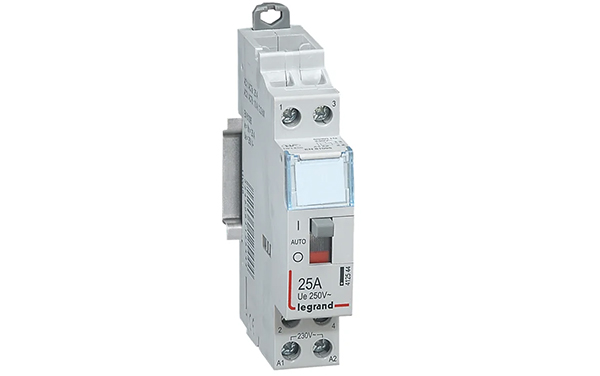
Securing doors and windows
Ensuring the building is secure leads us, in Europe at least, towards automated shutters on the outside of the property. But there may be some doors and windows that do not lend themselves to shutters. With the addition of a smart door/window handle such as the HELIH from BSS, we can add security to those too. Moreover, we can know the status of the lock, in real time, so we can check if the building is locked. The handle can be fitted with an optional break glass detector, providing peace of mind that the glass itself has not been smashed to force entry.
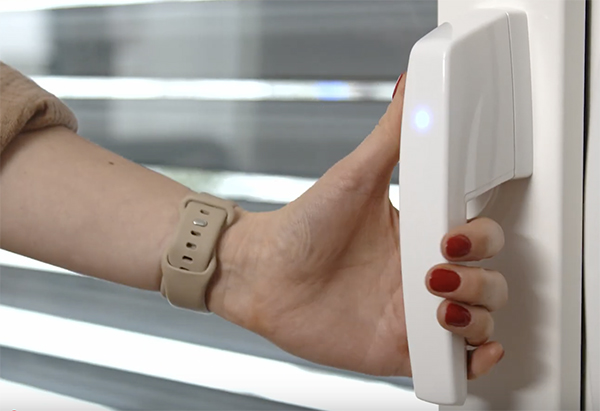
And lastly, using a KNX control system we can simulate occupancy so any prospective burglars might think twice. External lights coming on at twilight with internal lights set up to mimic people at the property can be easily achieved. We’ll need a logic engine or system brain, and for remote monitoring of the system and devices, an app that allows us to see the status of the property in terms of temperature, blinds, valves, control relays, etc – all of which play a part in security, energy efficiency and peace of mind.
Conclusion
KNX can not only achieve all of the above, it can do it without spending vast sums. Possibly, though, the most essential element to consider is that it is all completely integrated. We are not talking about the plethora of smart home devices that integrate with varying degrees of success, we are talking about a single platform. And with KNX, there is no chance that manufacturers will fall out and decide to pull support.
The key to the success of any project is clever design principles coupled with an in-depth understanding of your clients’ requirements. KNX can provide security, peace of mind, comfort, and most of all, safety throughout the property on one system with one user interface that can work for guests, agents, and owners alike. That is worth a little design time.
Simon Buddle CEng MIET, is a consultant for Future Ready Homes, a specialist in BMS and ELV services system design.

